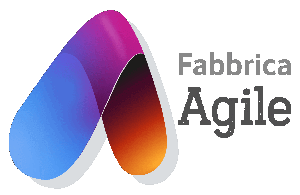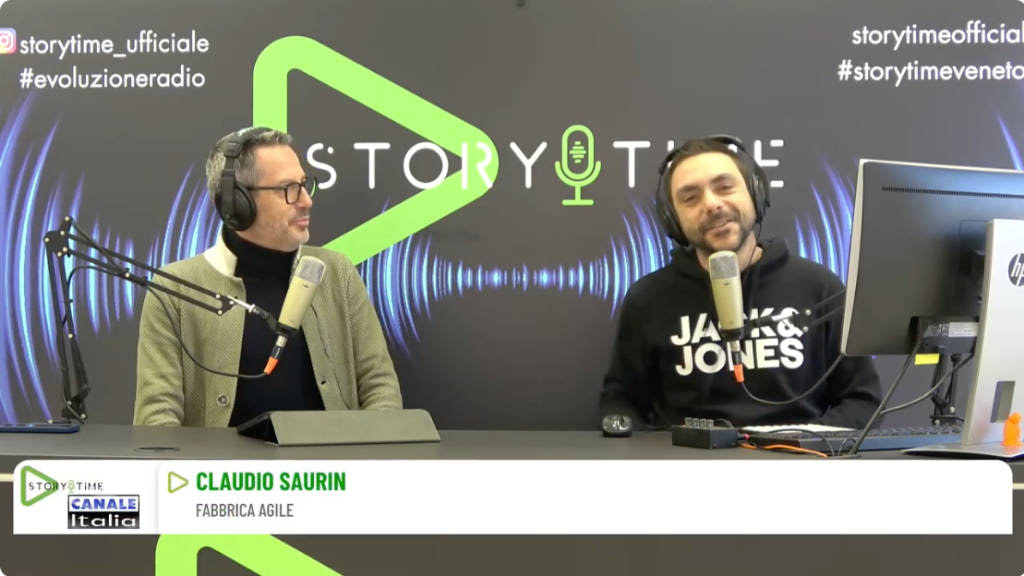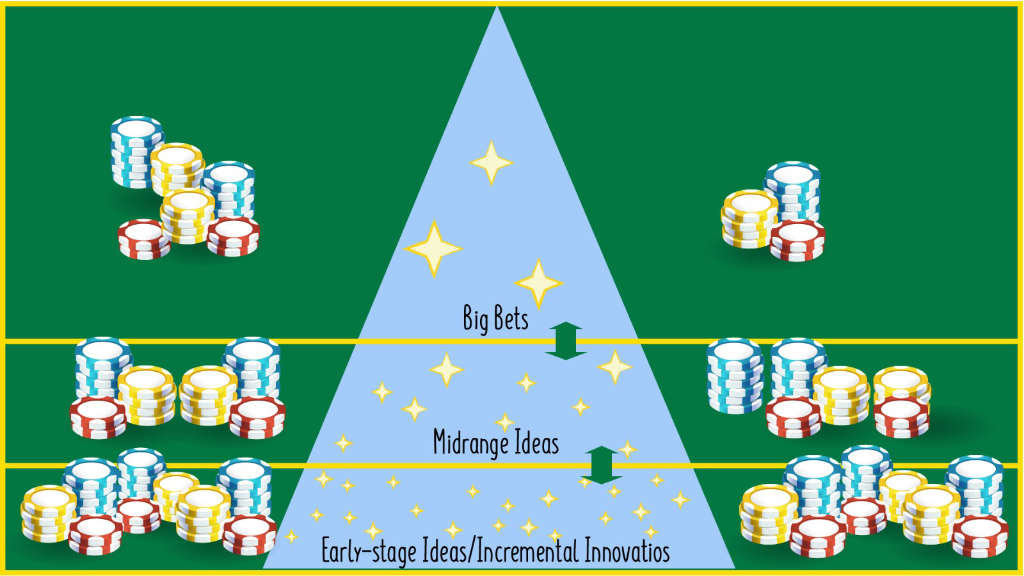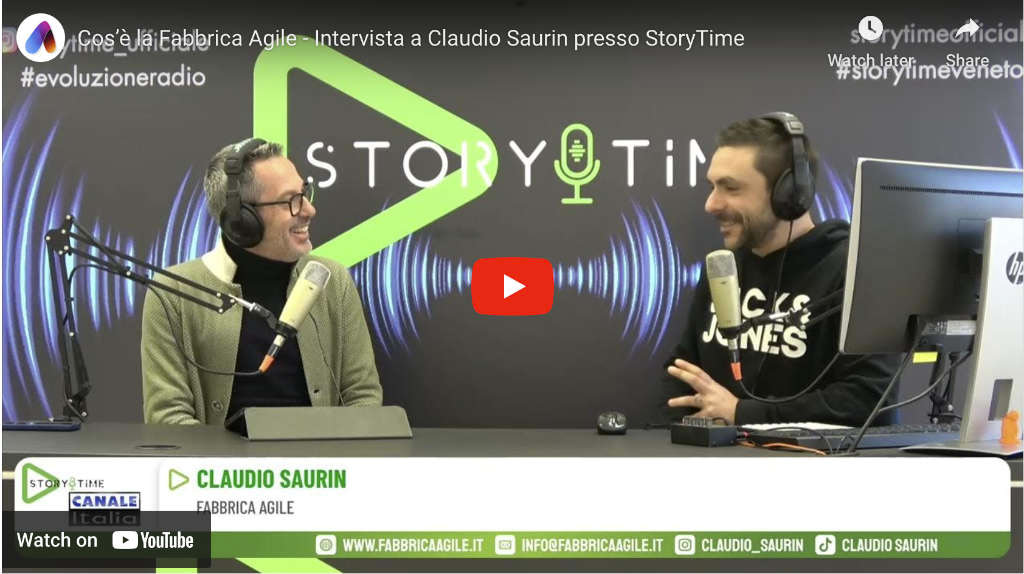Creating a bimodal enterprise, balancing efficiency and exploration, is arduous. Companies often prefer incremental innovation, updating existing products, over disruptive innovation. This practice, safe in the short term, could become risky. A change of mindset is needed to accommodate the risks of disruptive innovation.
The question I feel like asking is: but how much disruptive innovation do we do today?
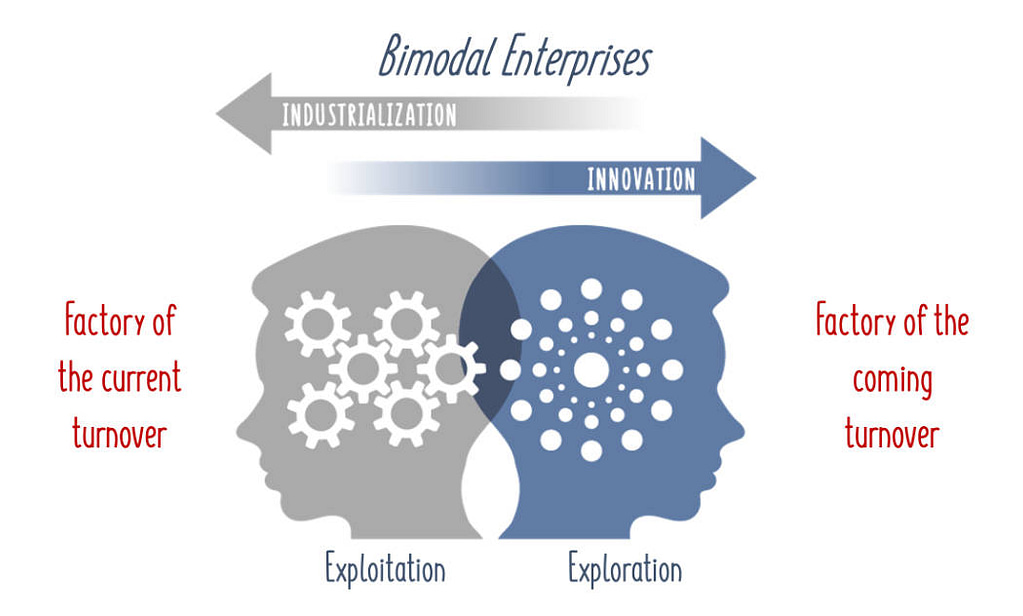
I return to the topic of the bimodal enterprise and the difficulty of achieving a balance between the mode of efficiency (Exploitation) the mode of exploration (Exploration) in the development of new products or services.
What I am telling you is based on my recent experience in a company that develops high-tech products that integrate mechanical and electronic hardware with software
But what level of innovation do companies intend?
With colleague and friend Piergiorgio Lovato, during the initial workshop on agile development of physical products, which separately involved corporate management and middle leaders (middle management), we stimulated participants on the topic of innovation and exploration.
During the course of the workshop with the middle leaders Piergiorgio and I hear from silent people around the disruptive or “disruptive” innovation that agile approaches typically enable.
This gets a lot of discussion because we find a situation that we have encountered before during our workshops on agile product development.
We do not quite understand the reasons for this apparent lack of interest, which management does not manifest.
When we begin the analysis of the product development process, however, it becomes clear, as in all the companies we have encountered, that when we talk about innovation we mean 3 levels of increasing complexity:
- Upgrading existing products with the introduction of new features and/or requests for greater industrialization
- Development of new products that the company does not have but that exist in the marketplace
- Development of new products that are not yet in the market
All of the developed and structured companies I have met, either as an in-house worker or as a consultant, have a large product catalog.
The main innovation is incremental and involves upgrading existing products.
This upgrade normally does not disrupt the product and is in continuity with “business as usual” that is, with existing business processes.
But these are the situations that describe exploitation!
Incremental innovation is actually more representative of the traditional mode of efficiency-focused enterprise.
People are therefore not challenged by incremental innovation to take risks and accept potential failures, which do happen during the development of products they have never previously encountered.
We are analyzing with some of these middle leaders the structured, waterfall-style development process that the company has adopted to date, and major limitations have emerged in the case of very innovative products.
The main limitations are due to late verifications of the impact of solutions on the market, which reduce the effectiveness of development.
The limitations are also present in the case of incremental products, but they are less pronounced.
So I think when we talk about innovation there is a basic misunderstanding of what innovation really is.
During process analyses, intermediate leaders are becoming aware of the need for a different approach, one that contemplates much more continuous validation of solutions in the marketplace to increase the effectiveness of what is developed.
The early signs are very positive, and this encourages me to continue the path in this direction.
Speaking with the company president, we came to the conclusion that it is inevitable that the innovation factory and turnover factory to come will necessarily be much smaller in size than the existing turnover factory.
Inspired by Everett’s innovation distribution curve, echoed by Jeffrey Moore in his book “Crossing the Chasm,” we are aware that today, only a fraction of people are truly prepared to accept what disruptive innovation requires.
The risks of incremental innovation
Doing incremental innovation by improving the existing product and/or process can be risky in the medium and long term as many business cases tell.
This is the case, for example, with Kodak, which instead of riding the disruptive innovation of digital photography, while having its own development team, instead preferred incremental innovation on the existing product and this quickly led it to bankruptcy.
Innovative propensity changes if the level of ‘innovation we face changes.
I think we need to think about innovation differently.
Incremental product improvement could be called “innovation in continuity” or “as usual” innovation.
Perhaps we should stop lulling ourselves into the idea that we are innovating when we are often making changes so small that their impact on the market and customers is negligible.
Innovation to be such must have impact.
To make disruptive or “disruptive” innovation that has great potential impact, it is necessary to have a vision about the future, which is more related to the concept of development than to the concept of growth.
In other words, development means continuing to make the same revenue or increasing it with products and services that have greater added value.
If the usual business is maintained, margins are bound to shrink and growth becomes mandatory in terms of volume.
I wonder and ask those who are reading this how much real innovation are we doing today, given that traditional models of product development are still so employed?
Perhaps this is why becoming bimodal is so difficult, because it takes a vision about the future that generates the drive toward disruptive innovation for the company.
